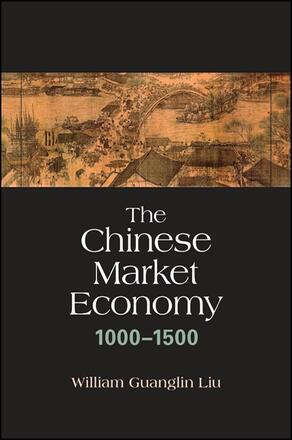
The Chinese Market Economy, 1000–1500
Alternative formats available from:
Documents the rise and fall of a market economy in China from 1000-1500.
Description
Since the economic liberalization of the 1980s, the Chinese economy has boomed and is poised to become the world's largest market economy, a position traditional China held a millennium ago. William Guanglin Liu's bold and fascinating book is the first to rely on quantitative methods to investigate the early market economy that existed in China, making use of rare market and population data produced by the Song dynasty in the eleventh century. A counterexample comes from the century around 1400 when the early Ming court deliberately turned agrarian society into a command economy system. This radical change not only shrank markets, but also caused a sharp decline in the living standards of common people. Liu's landmark study of the rise and fall of a market economy highlights important issues for contemporary China at both the empirical and theoretical levels.
William Guanglin Liu is Associate Professor of History at the Hong Kong University of Science and Technology.
Reviews
"…a valuable book on a big, important, topic: the general trajectory of the Chinese economy from roughly 1000–1650 … The research is excellent, and the author comes up with some original and inventive ways to use his data." — EH.Net